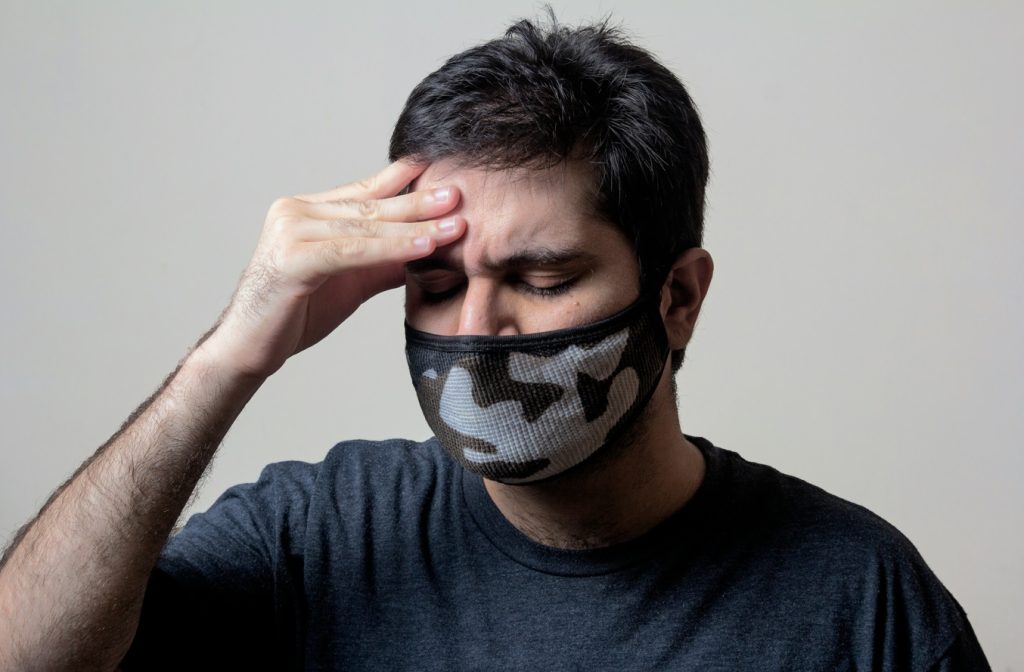 Usman Yousaf, Unsplash
Usman Yousaf, Unsplash When American soldiers returned home from Vietnam, many found themselves mentally scarred by the trauma they had experienced in the jungle. These men, unable to escape their memories, became riddled with anxiety, depression, and hallucinations and were prone to outbursts. Psychologists studied these cases, dubbing the phenomenon Post-Traumatic Stress Disorder (PTSD), and used the diagnosis to describe the effects of severe trauma on a person. I wonder what these shrinks would’ve thought about the way we use their language today?
Since the 1970s, psychologists have steadily increased the scope of PTSD, at first changing what counts as trauma, then making the symptoms more and more vague until just about every person on the planet has it. Nowhere is this more apparent than on college campuses, where the diagnosis rate has steadily increased of late. Between the years 2017 and 2022, the rate of PTSD diagnoses among college students more than doubled, from 3.4 percent to 7.5 percent according to new research by the Healthy Minds Study.
Not every normal human emotion needs to be pathologized by prescription-pad-wielding “experts.” We don’t need to speculate about why this is the case. As the New York Times recently acknowledged in its coverage of the new research, the definition of PTSD has been revised over the years “to encompass a larger range of injury, violence and abuse, as well as indirect exposure to traumatic events.” With the advent of victimhood culture in our society and the increasing fragility of young people, just about everything now counts as trauma. Whether you were “misgendered” in your biology lab or overheard your classmate talking about the latest episode of the Matt Walsh Show, you just became eligible for a PTSD diagnosis.
But don’t take my word for it. In the aforementioned New York Times coverage, Shannon Cusack, a psychologist who has studied PTSD in college students, responded to the new study by saying that challenges as widely shared as pandemic-era isolation are “causing symptoms that are consistent with the PTSD diagnosis.” Cusack asks, “Am I not going to treat [students] because their stressor doesn’t count as a trauma?”
The point is a fair one—if one ignores that overdiagnoses, psychological and otherwise, can have real negative consequences. Say a patient comes into a hospital with intense headaches, dizziness, vomiting, and trouble speaking. If the doctor seeing him ships him immediately off to oncology to get chemo, he will be sued out of his practice. So, no, Dr. Cusack, I don’t think we should simply throw around psychological language simply because the patient is upset. Not every normal human emotion needs to be pathologized by prescription-pad-wielding “experts.”
The growing number of PTSD diagnoses in college students is something we should be concerned about—not because the mental well-being of our nation’s adolescents is going downhill but because it suggests that we are overtreating our young people. Even if you don’t care about whiny students being whiny, it still isn’t a good thing for us to drug up every person who walks in claiming PTSD. These new statistics say much more about what we are willing to tolerate than they do about the childlike attitudes of our students.
Stephen Halley is a rising senior at the University of North Carolina at Chapel Hill, double majoring in English and religious studies with a concentration in British and American literature. He is a summer 2024 Martin Center intern.
